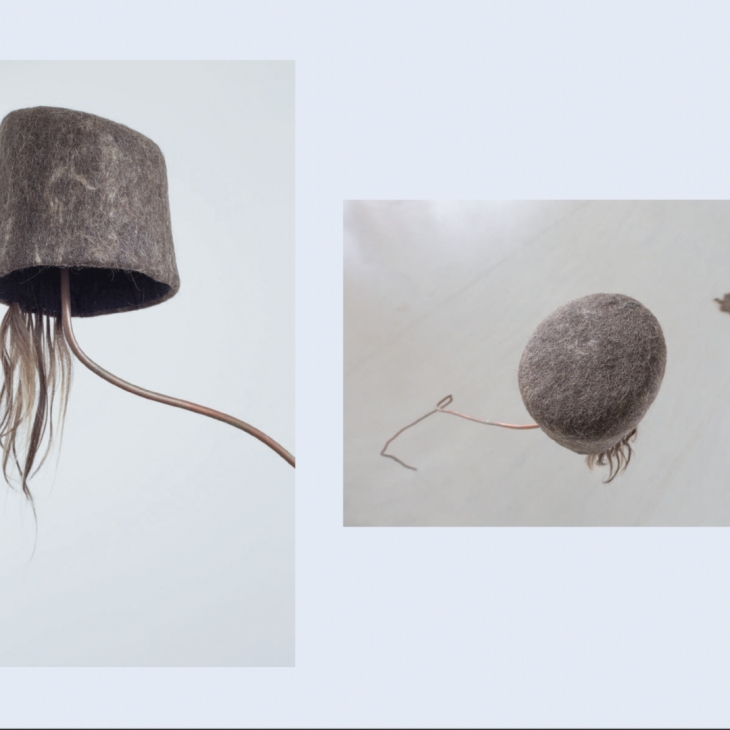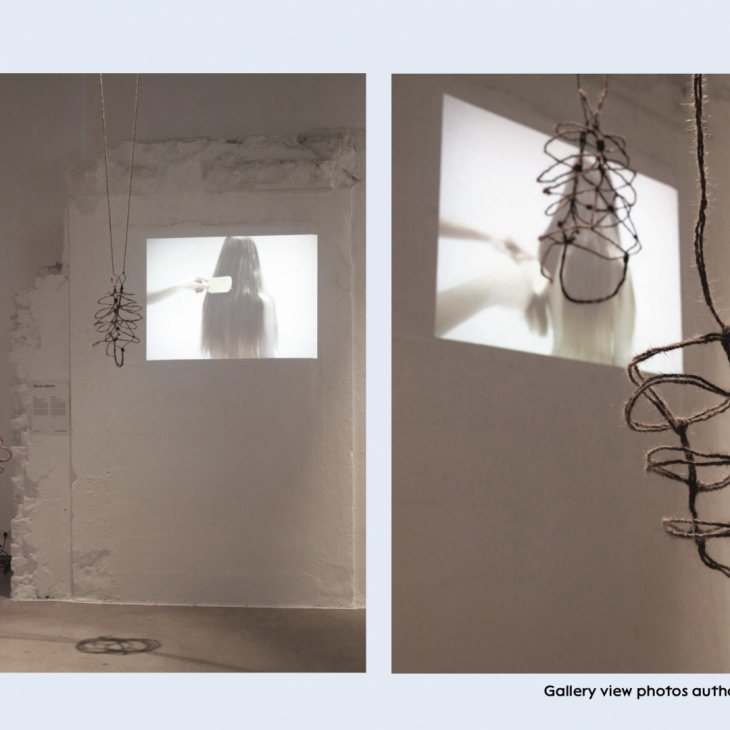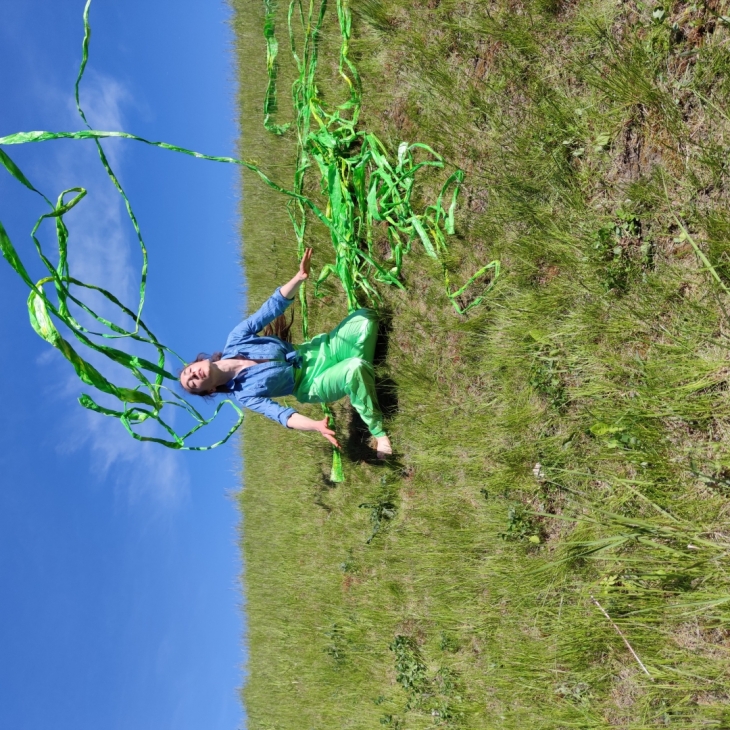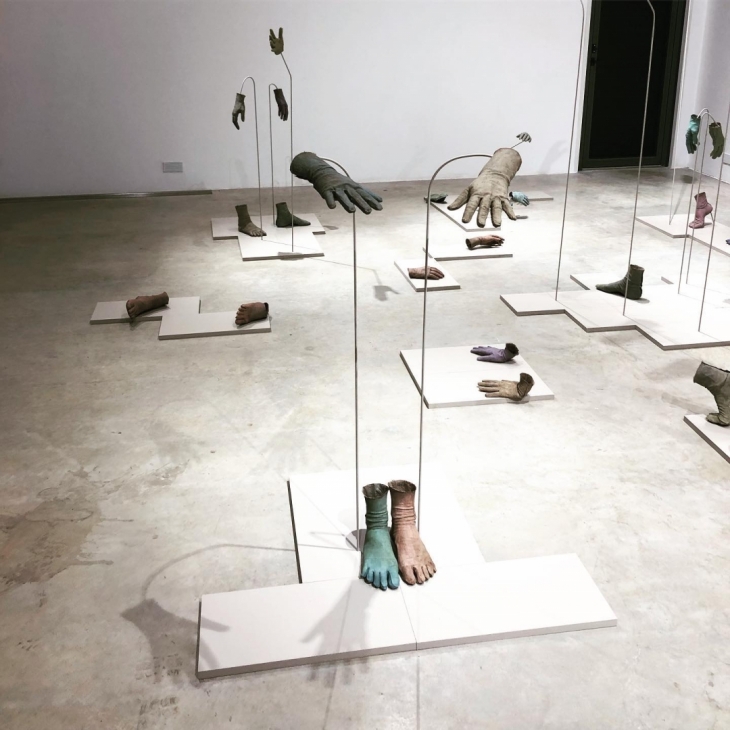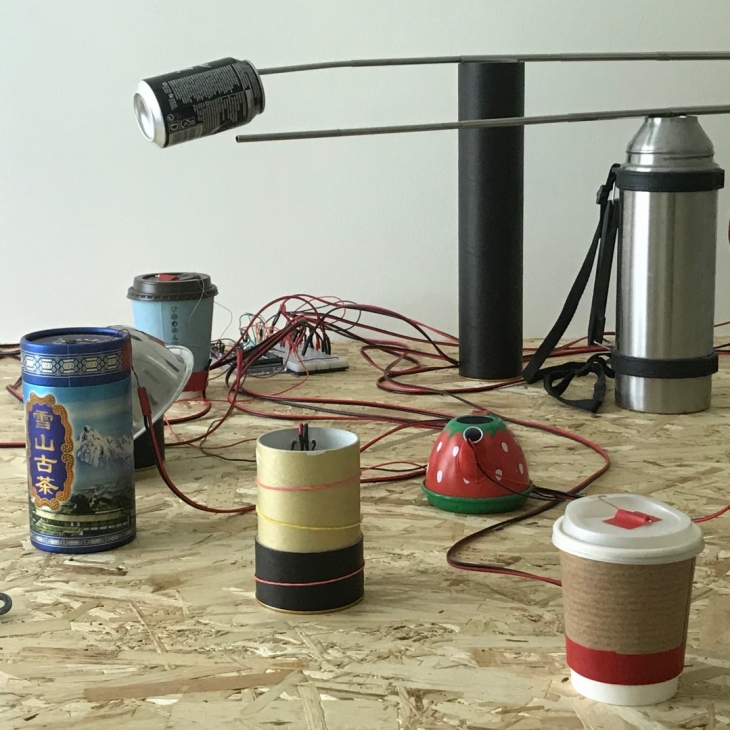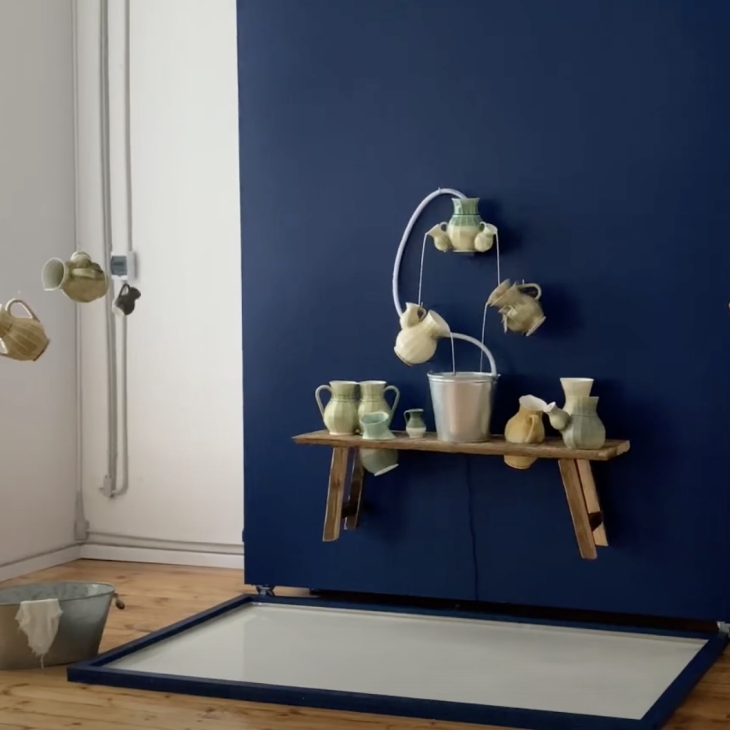Sarah Nõmm Emerging artist
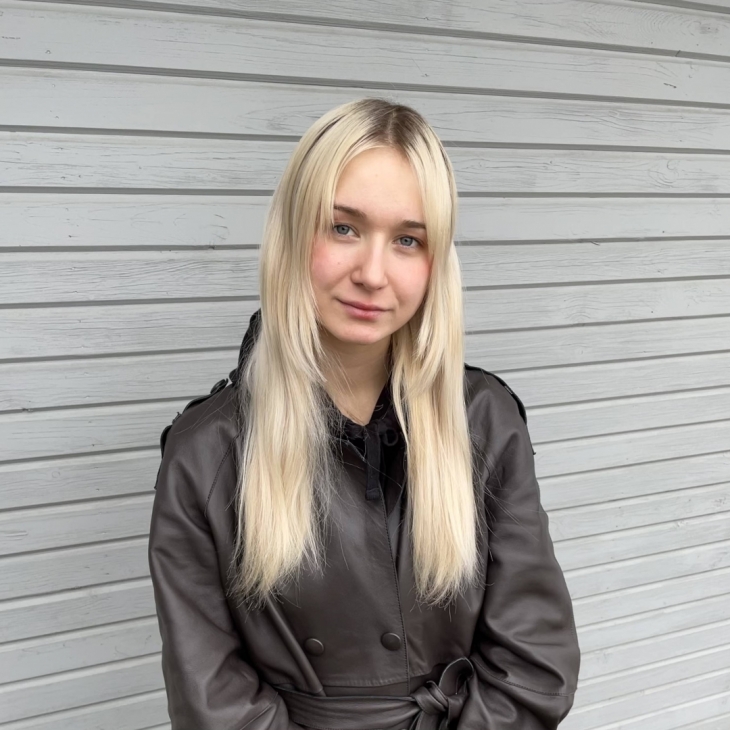
Artist is based in: Estonia
As topics in her art practice, Nõmm mainly deals with the (woman’s)body and related things – the relationship between body and space, the connections between the psyche and the body, and other topics, analyzed from a feminist point of view. Both the representation of women’s in society, experience and power relations. Based on this, she also sees an opportunity to deal with personal experiences in her own work. The introspective moment comes in interpreting one’s experiences and integrating them into creation. She often does research art practice, uses archives to get information and conduct interviews. At the moment, she is analyzing ancient Estonian customs and the repressive cultural symbols contained in them. She feels that such an insight into the past by creating parallels with it helps to better analyze the many societal problems that are still relevant and intertwined into today’s customs. One of the most important starting points and the most characteristic material for her is hair and its manipulation. The deep personal relationship between women and hair is evident through history, philosophy, and religion. Although hair is a biological phenomenon, it has social and political meanings. They are a fruitful medium through which we can talk about taboos, myths and rituals. The body is certainly an important factor in her work and unites the themes all together. She plays with the body and the social precepts and regulations created for it, and she usually brings the ideas through video, matter or performance.
One of Nõmm’s most important exhibition was when she participated in the Young Sculptor Award and was awarded the laureate. As a creative process and a performative act, weaving and felting have also won a place in contemporary art, but she felt she needed to the work on something that pierces the social nerves and to start a dialogue about a very important issue for her. In her prize-winning work, she critiques the fetishization of the hairless body and analyses it through the yoke of self-search in women’s handicrafts. She tried to make these two subjects meet in order to glorify it and also to bring more attention to these conflicts and contrary beliefs we have about the female body.

